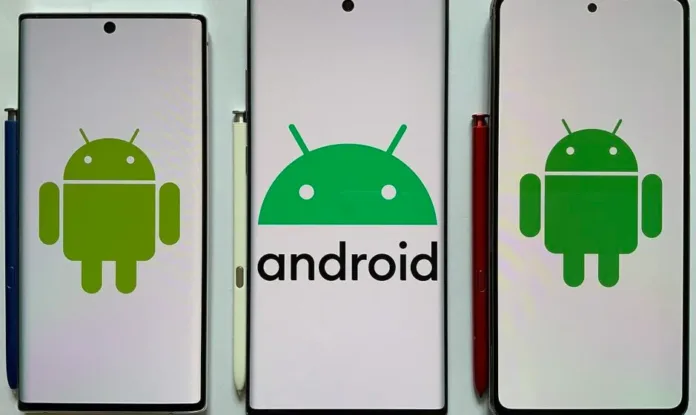Table of Contents
Over the past decade Android shipped many versions, improvements, and hardware changes. Early models lacked features that many take for granted today. Because of that history, many myths about Android remain popular. Squaredtech believes knowing which beliefs are outdated helps users make better device choices.
We picked seven common “facts” about Android. We trace their origin. Then we show what Android is like now in 2025. Each point shows how the myth no longer holds. We avoid vague claims. We use clear language.
Read More About Our Article of Best Budget-Friendly Camera Phones for Great Photos in 2025 Published on October 3, 2025 SquaredTech
Why Android Myths Persist and What Has Changed
1. Myth: Cheap Samsung Phones are Always Bad
Origin: In the early 2010s, low-cost versions of Samsung phones Galaxy J, Galaxy Pocket, early Galaxy A models had weak processors, poor battery life, minimal update support. Many users complained about lag, poor screen quality, limited software features.
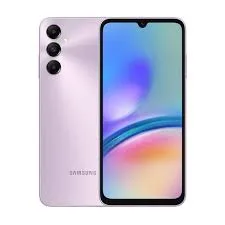
What changed by 2025:
- Samsung now promises five to seven years of Android version updates and security patches for many devices, including not just premium models.
- Mid-range Galaxy A phones in recent years deliver specs that are quite competitive: decent RAM, OLED screens, fast charging, and acceptable cameras. They may not beat flagship phones in raw power, but they no longer feel “cheap” in daily use.
- Some issues remain (camera lag, shutter delays, etc.), but Squaredtech testers find that many affordable Samsung phones give good value, especially when update support is included.
Conclusion: The belief that cheap Samsung phones are always bad is false in 2025. They are often acceptable or even good depending on use case.
2. Myth: Only iPhones or Pixels Have the Best Camera
Origin: Apple raised its camera game early. Google then built Pixel phones around camera software, HDR, computational photography. For many years, Pixels and iPhones consistently outperformed rivals, especially in portrait mode, low light, or color accuracy.
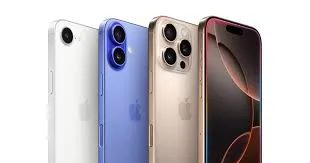
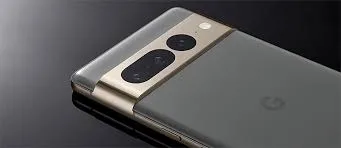
What changed by 2025:
- Chinese brands like Xiaomi, OPPO, vivo, OnePlus now offer devices with advanced camera hardware (large sensors, high-quality lenses) combined with mature image processing. In many side-by-side tests they match or beat Pixels and iPhones in certain scenarios.
- These rival phones also now include multiple lenses: ultra-wide, telephoto, macro, etc. Image stabilization, night mode, and video quality improved across the board.
- Reviewers quoted by our point out portrait shots, long-range zoom, and software effects on non-Pixel/non-Apple phones are now on par in many cases.
Conclusion: It is no longer true that only iPhones or Pixels have the best camera. Android phones from many brands compete strongly in 2025.
3. Myth: You Must Kill Apps After Using Them to Save Battery and RAM
Origin: Early Android versions had weaker memory management, inefficient background process control, and poor energy containment. Users believed closing apps manually or using task-killer apps improved performance.
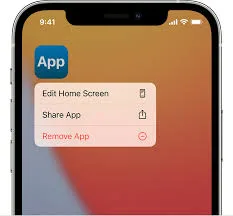
What changed by 2025:
- Android itself has incorporated optimizations for background apps and services. The system limits unnecessary background work. It suspends processes intelligently.
- Aggressive killing of background apps often causes worse battery life or notifications that do not arrive. Many manufacturers now avoid or reduce this behavior.
- Squaredtech tests show that letting Android manage apps leads to more stable performance, fewer app crashes, and acceptable battery drain compared to manual killing.
Conclusion: Killing apps after use is no longer required. It may even hurt your device more than help.
4. Myth: Stock Android Has Almost No Features Compared to Skins
Origin: Stock Android once meant minimal extras. Features like advanced multitasking, customization, fingerprint or face unlock enhancements, theme options, split-screen tools, etc., were often added first by Samsung, LG, Xiaomi via skins (One UI, Hyper OS, MIUI).
What changed by 2025:
- Android now includes many features once only found in skins: screen recording built-in, scrolling screenshots, one-handed mode, Live Caption, anti-theft protections, etc.
- Large screen support improved: Android 12L and later versions introduce UI changes for tablets and foldables two-column layouts, taskbar, adaptive layouts, better multitasking.
- While skins still add polish and extra features, stock Android is no longer barebones. It offers a solid set of functions out of the box.
Conclusion: The idea that stock Android lacks features is false in 2025. It offers many important capabilities by default.
5. Myth: Samsung Software is Laggy, Bloated and Always Slow
Origin: In early Samsung phones, TouchWiz was heavy. Many users saw frequent slowdowns. Samsung phones had bloatware, weak optimization, and poor update cadence.
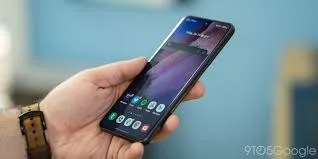
What changed by 2025:
- Samsung’s One UI has improved. It now looks smoother, feels more responsive, and carries fewer performance issues on mid and even some budget-tier devices.
- Background optimizations, better chipsets, more RAM, faster storage have helped. Samsung also gives optional tools (Good Lock etc.) so users can control what they want.
- Squaredtech reviews note that newer Galaxy A and S models with One UI no longer suffer the dramatic lag that older devices used to show.
Conclusion: The belief that Samsung software is always laggy is outdated. One UI is competitive now, and in many cases solid in performance.
6. Myth: Your Device Will Slow to a Crawl After a Year or Two
Origin: Older devices commonly slowed over time due to storage slowdown, inefficient memory usage, lack of TRIM support, weaker CPUs, limited RAM. As data accumulates, performance drops.
What changed by 2025:
- Android introduced TRIM and improved storage handling years ago, so flash storage maintains speed over time. Android Developers+1
- Manufacturers now make longer-term promises. OnePlus’s OS “ROM Vitalization” aims to keep performance smooth for 48 months. Xiaomi’s “Storage Refresh 2.0” helps reduce performance degradation over longer use. Upgrading hardware (better storage type, more RAM) also helps maintain speed.
- Users report 3- to 5-year-old phones (from good brands) still perform well for everyday tasks.
Conclusion: Your device no longer is expected to slow drastically after a short period. Modern Android hardware and software reduce that risk.
7. Myth: Android is Bad on Tablets
Origin: Early Android tablet experiences were awkward. Many apps had stretched UI. The UI was not optimized for large screens. Android versions lacked tablet-specific design. Honeycomb was separate, later merged. But app developers often ignored tablets.
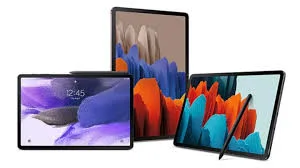
What changed by 2025:
- Google released Android 12L (and later versions) which include improvements for large-screen devices: UI optimized for tablets and foldables, more polished multitasking, adaptive layouts, taskbars.
- Android mandates better support for large screen layouts. Developers use responsive layouts. Apps that were poor on tablets improved or were updated.
- Users and reviewers (including Squaredtech) now often prefer certain tablets for reading, productivity, media consumption. The tablet Android experience is quite usable for a wide audience.
Conclusion: Android is no longer bad on tablets. The OS, apps, and devices support large screen use much better.
What These Changes Mean for Users
Squaredtech suggests that you update your beliefs about Android to these new realities. If you want a phone:
- Don’t dismiss a brand or model because of past myths. Instead check current reviews, update policies, and recent software performance.
- When buying affordable devices, see if they come with promised updates. A device with five years of security updates might give better long-term value than a slightly faster device with no support.
- If you have an older Android device, expect that many of the worst issues (lag, slowdown) are less common now, but battery wear or app compatibility might still matter.
Final Word from Squaredtech
Android myths survive because of old hardware, outdated software, and negative experiences from many years ago. In 2025 many of those myths are no longer accurate. Squaredtech finds that Android today often matches or outperforms expectations once associated only with premium phones. We encourage readers to test assumptions, read recent reviews, and base phone choices on current facts not old beliefs.
Stay Updated: Mobile

